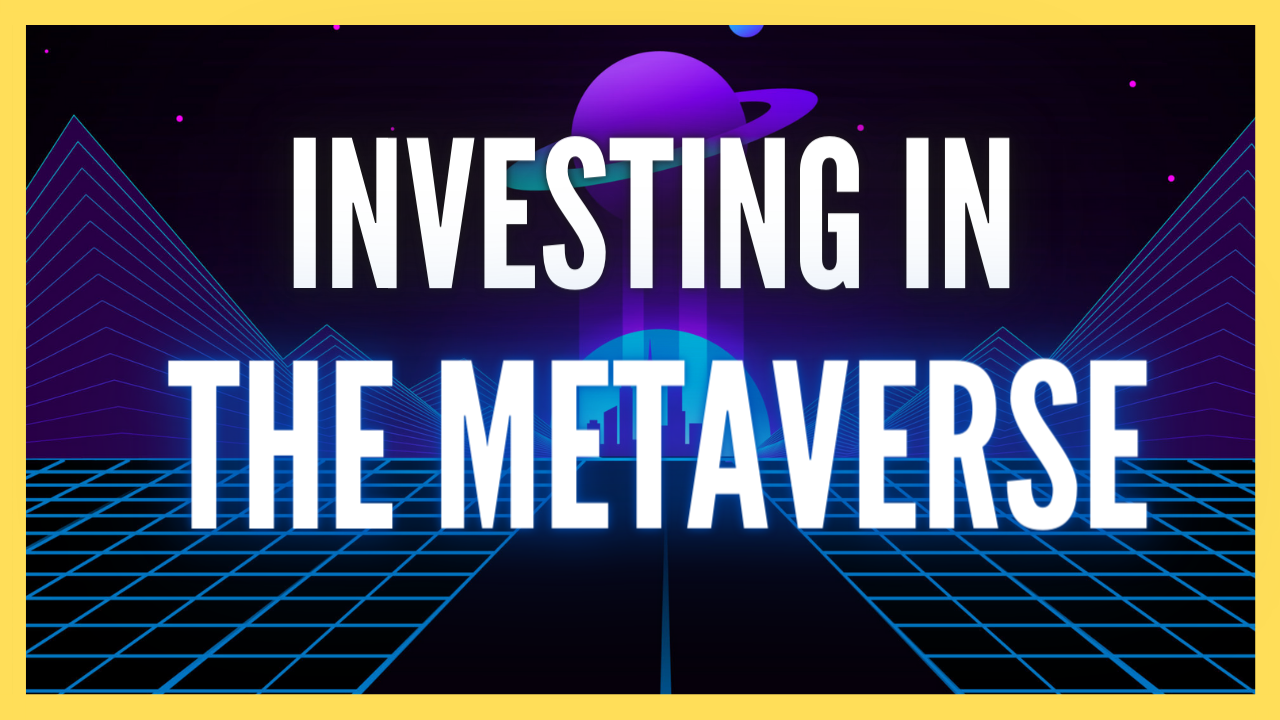The metaverse, a digital universe comprising interconnected virtual worlds, is quickly emerging as one of the most exciting frontiers in technology. With the rise of virtual reality (VR) and augmented reality (AR), the metaverse is becoming an increasingly attractive space for investment, particularly in virtual real estate. This comprehensive guide will delve into the growth potential of virtual real estate within the metaverse and provide insights for investors interested in exploring this cutting-edge market.
Understanding Metaverse Investment
The Concept of the Metaverse and Virtual Real Estate
To understand the growth potential of virtual real estate, it’s essential to grasp the concept of the metaverse. The metaverse encompasses a vast array of interconnected virtual environments, where users can socialize, work, play games, and engage in various other activities using avatars. Within these digital landscapes, virtual real estate represents the digital land, buildings, and spaces that users can own, lease, or develop.
Factors Driving the Growth of Virtual Real Estate
Several factors are driving the growth and interest in virtual real estate, including:
- Technological advancements: The rapid development of VR, AR, and other immersive technologies is enhancing the overall user experience, making virtual worlds more realistic and accessible than ever before.
- Growing user base: As more people around the globe gain access to the internet and adopt digital technologies, the number of users participating in virtual environments is increasing, fueling demand for virtual real estate.
- Economic opportunities: Virtual real estate offers various economic opportunities, such as digital advertising, virtual storefronts, and in-world commerce, which can generate revenue for both developers and users.
- The rise of remote work and collaboration: The shift toward remote work and online collaboration has spurred the need for virtual spaces where people can interact and collaborate in real-time, further driving demand for virtual real estate.
Current Virtual Real Estate Platforms and Projects
Several platforms and projects are already making waves in the virtual real estate market, offering investors a glimpse into the future of the metaverse. These include:
- Decentraland: A decentralized, Ethereum-based platform where users can purchase and develop virtual land. Decentraland uses its native token, MANA, for transactions within the platform.
- The Sandbox: Another Ethereum-based virtual world, The Sandbox, allows users to create, own, and monetize digital experiences using its native token, SAND.
- Somnium Space: Somnium Space is a VR-enabled metaverse offering a fully immersive experience for users. The platform allows users to purchase land, develop virtual properties, and engage in various in-world activities.
- Cryptovoxels: A user-owned virtual world built on the Ethereum blockchain, Cryptovoxels enables users to purchase and customize virtual land parcels called “parcels.”
Analyzing the Growth Potential of Virtual Real Estate
To gauge the growth potential of virtual real estate within the metaverse, it’s crucial to consider several factors:
- User adoption: The success of virtual real estate largely depends on the continued growth and engagement of users within the metaverse. As more people adopt VR, AR, and other immersive technologies, the demand for virtual real estate is likely to increase.
- Platform development and innovation: The growth of virtual real estate is also contingent on the continued development and innovation of metaverse platforms. As these platforms evolve and offer more robust features and functionalities, virtual real estate will become an increasingly attractive investment.
- Regulatory and legal frameworks: As virtual real estate gains traction, it’s crucial to consider the potential legal and regulatory implications. The establishment of clear property rights and dispute resolution mechanisms will be vital for the long-term success of virtual real estate investments.
- Economic viability: For virtual real estate to realize its growth potential, the market must demonstrate economic viability. This involves proving that virtual properties can generate revenue through advertising, virtual storefronts, leasing, and other income-generating activities. As the metaverse ecosystem matures and more companies invest in digital spaces, the economic prospects of virtual real estate are likely to improve.
- Integration with traditional industries: The extent to which virtual real estate becomes integrated with traditional industries, such as retail, entertainment, and education, will play a significant role in determining its growth potential. As businesses increasingly recognize the value of virtual spaces for branding, marketing, and customer engagement, the demand for virtual real estate could surge.
- Interoperability between platforms: The metaverse comprises various platforms and virtual worlds, and the ability to seamlessly move between these environments will be crucial for the growth of virtual real estate. Interoperability can encourage greater user adoption and stimulate a more dynamic market for virtual properties.
Strategies for Investing in Virtual Real Estate
For investors interested in exploring the virtual real estate market, consider the following strategies:
- Research and due diligence: Before investing in virtual real estate, conduct thorough research on the platforms, projects, and trends shaping the metaverse. Understand the unique features, user base, and economic prospects of each virtual world.
- Diversify your investments: As with any investment, it’s crucial to diversify your virtual real estate portfolio. Invest in various platforms, locations, and types of properties to minimize risk and maximize potential returns.
- Consider long-term potential: When investing in virtual real estate, focus on the long-term potential of the asset rather than short-term gains. This approach involves evaluating the sustainability of the platform, the growth prospects of the user base, and the property’s potential for generating revenue over time.
- Monitor market trends: Keep a close eye on market trends and developments within the metaverse and broader technology landscape. Staying informed about emerging platforms, regulatory changes, and technological advancements will help you make better investment decisions.
- Engage with the community: Participate in online forums, social media groups, and other communities focused on virtual real estate and the metaverse. Engaging with fellow enthusiasts and experts can provide valuable insights and keep you informed about new opportunities.
Risks and Challenges
Investing in virtual real estate is not without risks and challenges, including:
- Market volatility: The virtual real estate market is still in its infancy and can be subject to significant price fluctuations. Be prepared for potential volatility and only invest what you can afford to lose.
- Technological risks: The metaverse relies heavily on cutting-edge technologies, which can be susceptible to bugs, security vulnerabilities, and other issues. Be aware of the potential technological risks associated with virtual real estate investments.
- Regulatory uncertainty: The legal and regulatory landscape surrounding virtual real estate and the metaverse is still evolving. Changes in regulations or the imposition of new restrictions could impact the value of virtual properties.
- Platform dependency: Virtual real estate investments are dependent on the success and stability of the underlying platforms. If a platform experiences technical difficulties, security breaches, or other issues, the value of the virtual properties within that platform could be affected.
Conclusion
Investing in the metaverse and virtual real estate presents an exciting opportunity for forward-thinking investors to capitalize on the growth of digital spaces. By understanding the factors driving the market, analyzing the growth potential, and adopting a strategic approach to investing, investors can position themselves to benefit from the expansion of the metaverse. However, it’s essential to be aware of the risks and challenges associated with virtual real estate investments and approach the market with caution and diligence.

